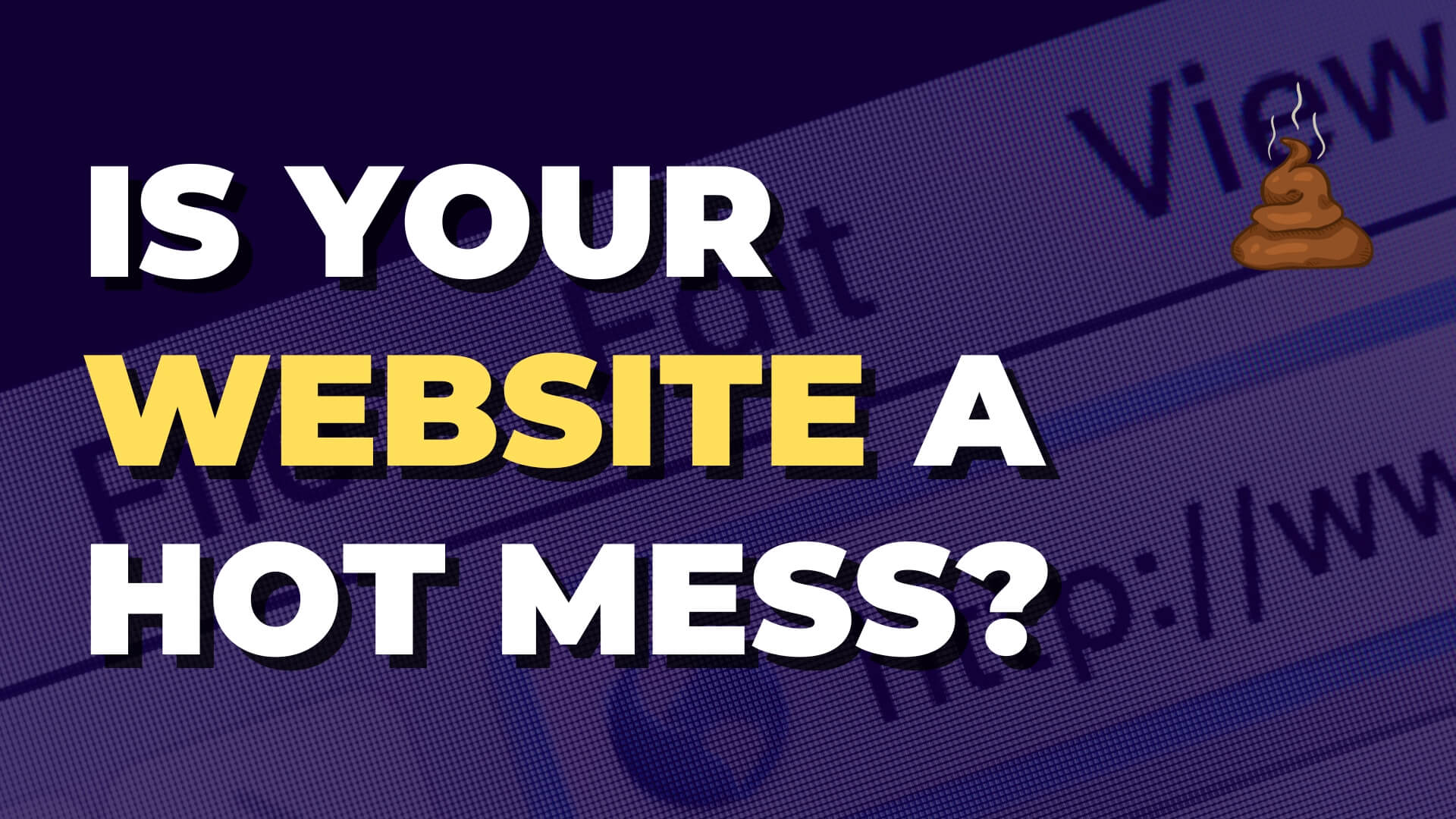Is your website a hot mess?
Most creators, coaches, and consultants have bad websites.
Whether it is poor design, slow speed, or focusing on themselves instead of their customer, they are often hurting their odds of success.
This issue delves into how to plan and develop a website that resonates with your audience and aligns with your business objectives.
Understanding Your Business Goals and Audience
Identifying Your Primary Business Objectives
Start by clearly defining what you want to achieve with your website.
Are you looking to sell products, book coaching sessions, or establish thought leadership?
Your goals will dictate your website’s structure and content.
Analyzing Your Target Audience
Understand who your audience is and what they need.
Are they looking for expert advice, a product solution, or a community?
Your website should provide answers to their needs.
Shaping Your Website
The intersection of your goals and your audience’s needs forms the backbone of your website’s design and content strategy.
Deciding the Type of Website
Comprehensive Brand-focused Website:
This type encompasses various elements of your brand – products, podcasts, blogs, speaking engagements.
It’s ideal for those who offer multiple services or products and already have a robust online presence.
Focused Single Call-to-Action Website:
This approach streamlines the user experience towards one primary action – be it signing up for your newsletter, booking a session, or purchasing a product.
It’s perfect for targeted marketing campaigns and when you have one primary offer for your audience.
While a brand-focused website provides a comprehensive view of your offerings, a focused website can drive higher conversions for specific objectives.
The choice depends on your business model and goals.
In most cases, for our clients, unless they have a large multi-channel and multi-product brand already, we recommend the focused, single call-to-action approach.
Your home page then is more like a landing page or sales page, and from there, we use the Storybrand framework by Donald Miller as the overall outline.
Recommended Home Page Design
A Clear and Engaging Header or Hero Section:
Hero Statement: Immediately address who you are, what you offer, and how it benefits your customer. This should be concise, clear, and focused on the value proposition.
Direct Call-to-Action (CTA): A prominent button or link that encourages visitors to take the next step, such as “Get Started,” “Learn More,” or “Book Now.”
Identify the Customer’s Problem:
External Problem: What is the main problem your customer faces that your product or service can solve?
Internal Problem: How does this problem make them feel? This taps into the emotional aspect.
Philosophical Problem: Why does this problem need to be solved? This addresses the larger implication or moral of the story.
Position Your Brand as the Guide:
Empathy: Show that you understand and care about your customer’s struggles.
Authority: Demonstrate expertise and credibility, possibly through testimonials, certifications, or success stories.
Present the Plan:
Process: Outline a simple, step-by-step plan that shows how the customer can do business with you.
Agreement: This can include guarantees, promises, or what the customer can expect when they choose your service/product.
Direct Call-to-Action:
Primary CTA: Make it clear what action you want your visitors to take. This should be repeated multiple times across the homepage.
Transitional CTA: For visitors not ready to commit, offer a lower-risk option like a free trial, a sample, or valuable information in exchange for an email address.
Show How Life Can Look:
Success: Illustrate the success your customer can achieve through your product or service. This can be through imagery, text, or testimonials.
Failure: Subtly indicate the consequences of not using your product or service. This highlights the stakes involved.
Testimonials and Social Proof:
Trust Builders: Include customer testimonials, endorsements, or logos of well-known clients or partners to build credibility.
Frequent Questions Section (Optional):
Address Objections: A section addressing common questions or concerns can preemptively tackle objections or hesitations potential customers might have.
Robust Footer:
Additional Information: Include contact details, links to other pages (like FAQs, about us, blog), and social media icons.
Secondary CTAs: Sometimes placed in the footer for additional engagement options.
Simplicity and Clarity:
Clear Messaging: Avoid jargon and complex language. Make it easy for the visitor to understand what you offer and why it matters to them.
Visual Design: Use images and graphics that support your narrative and guide the visitor through your site.
Take Action
By following this framework, your homepage will effectively communicate your value proposition, resonate with your customer’s needs and aspirations, and guide them toward taking the first step with your business.

David Ziembicki
David Ziembicki is the founder and CEO of the Expert Business Agency, which helps coaches, course, and membership creators build their online businesses. David has been an industry-leading technology and business consultant for over 25 years having worked at Microsoft, Deloitte, SAIC, and Avanade.

